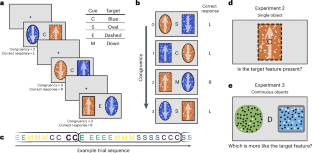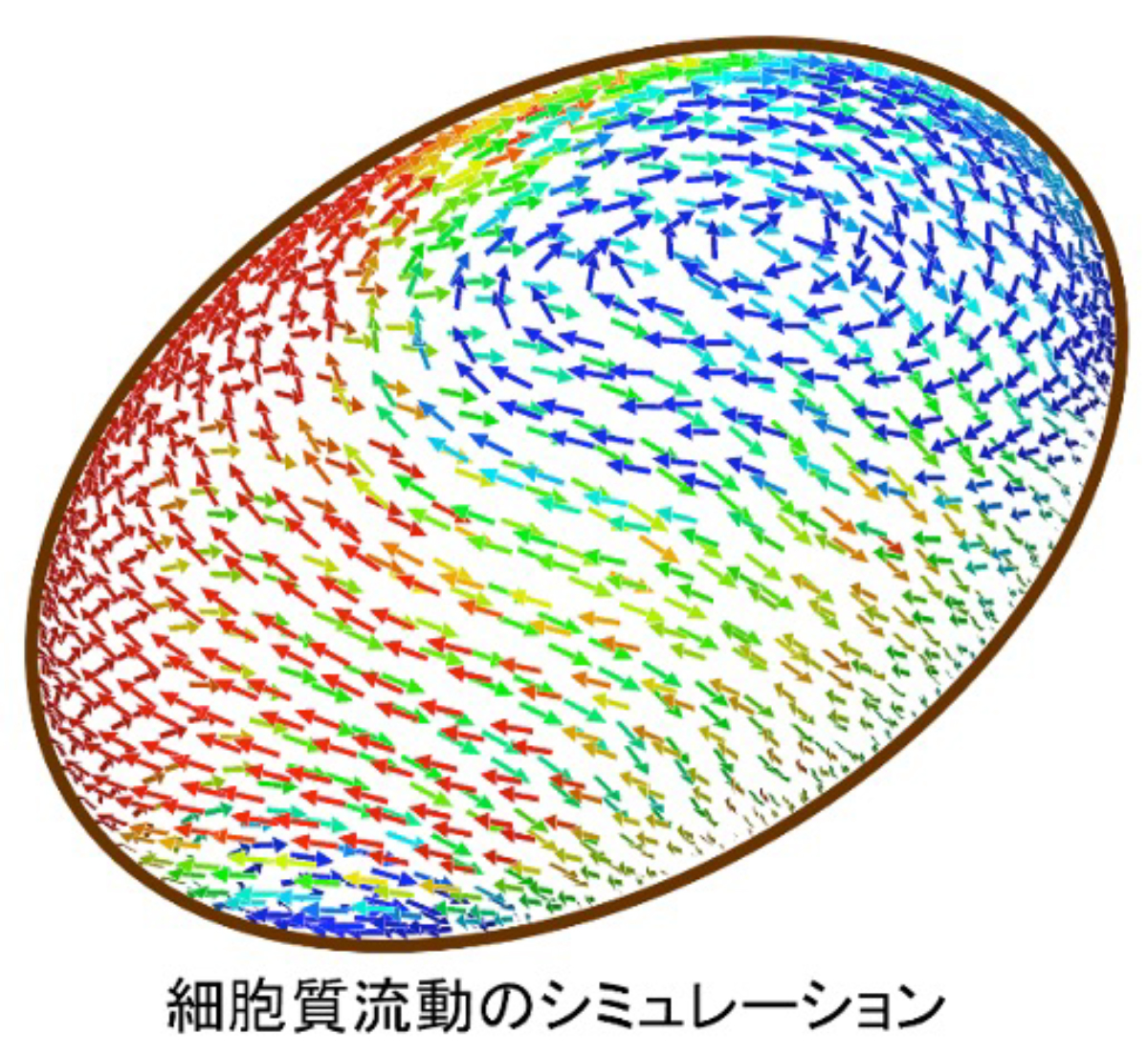2025-02-18 ワシントン大学セントルイス校
<関連情報>
- https://source.washu.edu/2025/02/new-model-from-washu-scientists-can-improve-understanding-of-human-attention/
- https://www.nature.com/articles/s41562-024-02088-z
多次元環境におけるディストラクター特異的制御の適応 Distractor-specific control adaptation in multidimensional environments
Davide Gheza & Wouter Kool
Nature Human Behaviour Published:03 January 2025
DOI:https://doi.org/10.1038/s41562-024-02088-z

Abstract
Goal-directed behaviour requires humans to constantly manage and switch between multiple, independent and conflicting sources of information. Conventional cognitive control tasks, however, only feature one task and one source of distraction. Therefore, it is unclear how control is allocated in multidimensional environments. To address this question, we developed a multidimensional task-set interference paradigm, in which people need to manage distraction from three independent dimensions. We use this task to test whether people adapt to previous conflict by enhancing task-relevant information or suppressing task-irrelevant information. Three experiments provided strong evidence for the latter hypothesis. Moreover, control adaptation was highly dimension specific. Conflict from a given dimension only affected processing of that same dimension on subsequent trials, with no evidence for generalization. A new neural network model shows that our results can only be simulated when including multiple independent conflict-detector units. Our results call for an update to classic models of cognitive control and their neurocomputational underpinnings.


